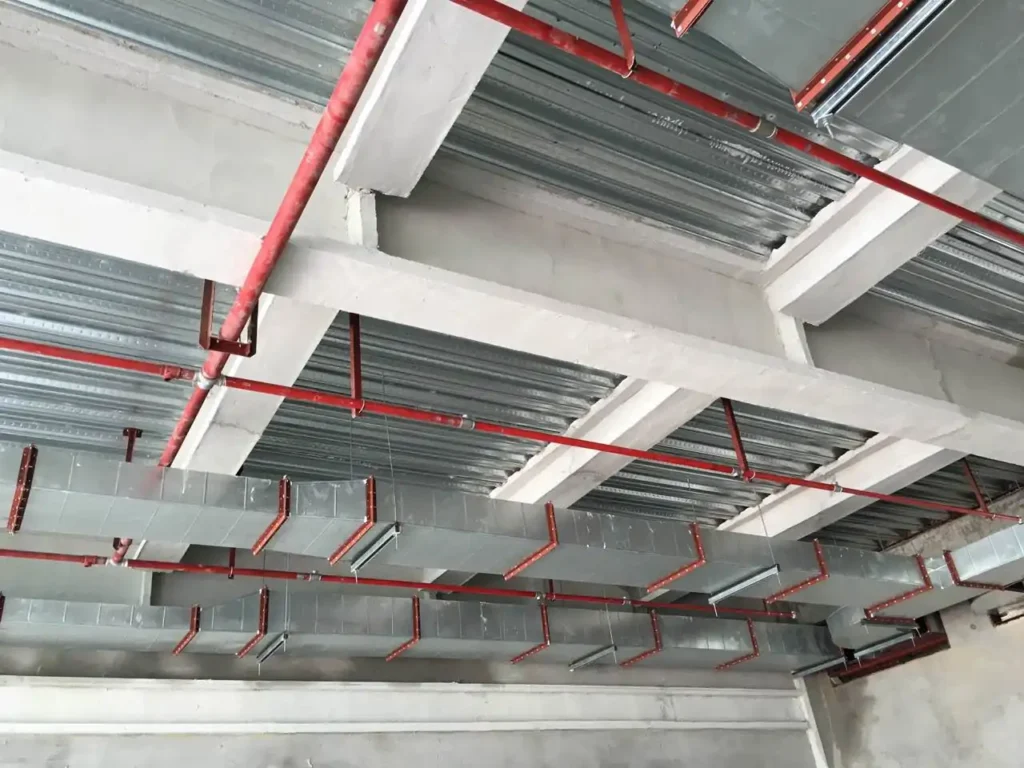Messi Biology states that in fires, the toxicity of smoke and its ability to obscure vision are often more deadly than the flames themselves. Therefore, smoke suppression is a critical point in the design of fire retardant coatings. While traditional smoke suppressants (e.g., halogen-containing materials) are effective, their poor environmental performance has led to their gradual phasing out. Magnesium oxide (MgO), as an inorganic metal oxide, not only provides flame retardancy but also performs excellently in smoke suppression. Furthermore, it is environmentally friendly, moderately priced, and widely available, garnering extensive attention from the coatings industry in recent years.

I. Mechanism of Smoke Suppression by Magnesium Oxide
- Endothermic DecompositionMagnesium oxide itself does not decompose at high temperatures, but its precursor (e.g., magnesium hydroxide Mg(OH)₂), often used for smoke suppression, decomposes at 300-400°C, absorbing a significant amount of heat and delaying material combustion.Decomposition Reaction:
Mg(OH)₂ → MgO + H₂O↑ (Endothermic, approximately 1.3 kJ/g)This reduces the peak heat release rate of combustion and slows down the decomposition rate of combustibles, thereby reducing smoke generation. - Acid Neutralization / Neutralization of Acidic Gases in SmokeAcidic gases (e.g., HCl, SO₂) are often released during combustion. MgO is a basic oxide and can react with these gases to form salts, thereby inhibiting the release of toxic gases and corrosive smoke.For example:
MgO + 2HCl → MgCl₂ + H₂O - Solid-Phase AdsorptionMagnesium oxide possesses a large specific surface area and adsorptive properties, enabling it to capture and solidify some small molecules or smoke particles generated during combustion, forming solid residues and reducing visible smoke density.
- Char Layer Formation (Indirect)Some studies indicate that MgO can promote the formation of a char layer, which acts as a “protective barrier,” reducing further ingress of heat and oxygen. This, in turn, decreases the release of volatile decomposition products and reduces smoke.
II. Summary of Advantages
- Halogen-free and environmentally friendly, complying with regulations like RoHS.
- Lower cost compared to some organic flame retardants/smoke suppressants.
- Combines smoke suppression with flame retardancy.
- Good compatibility with various systems.
